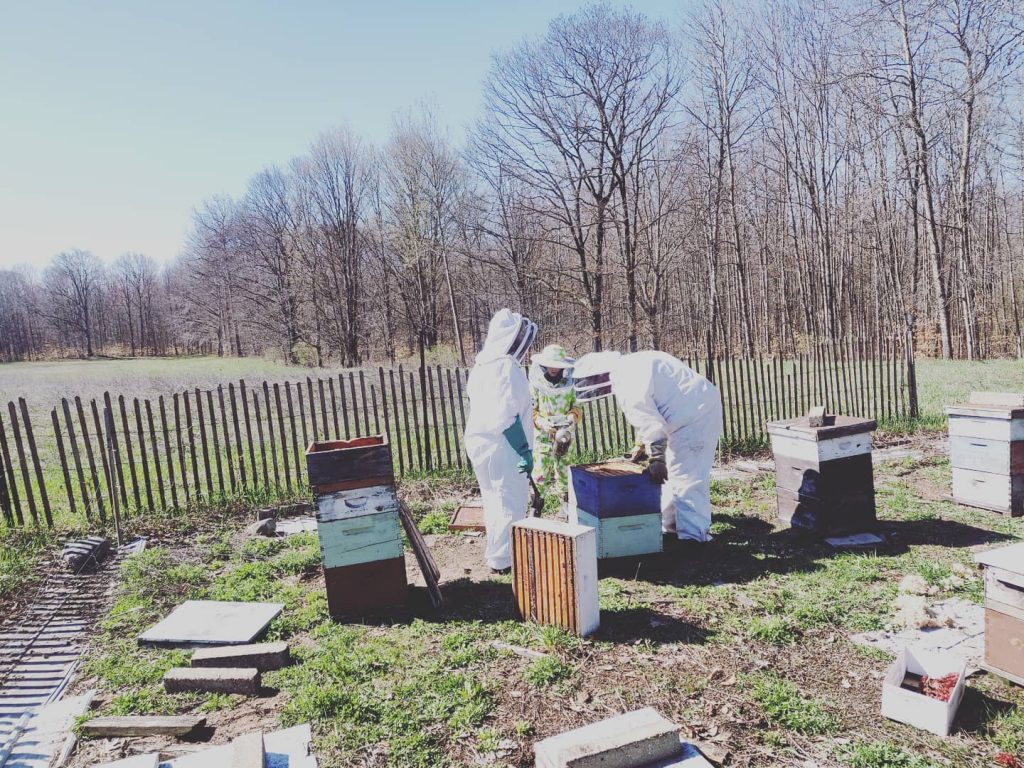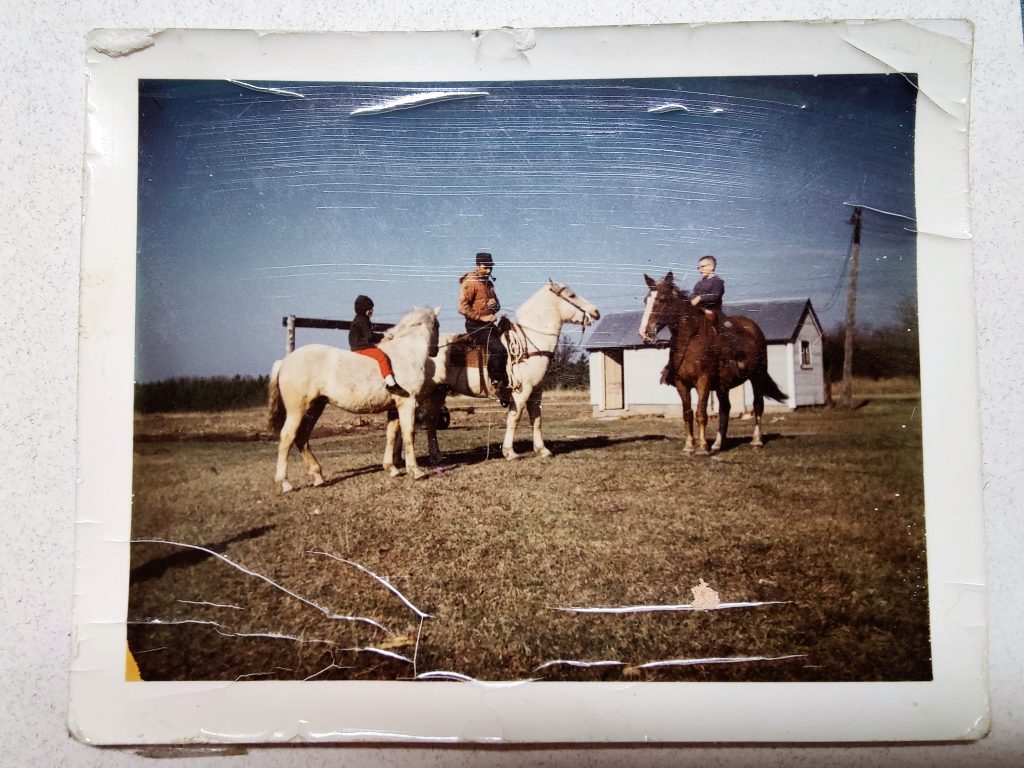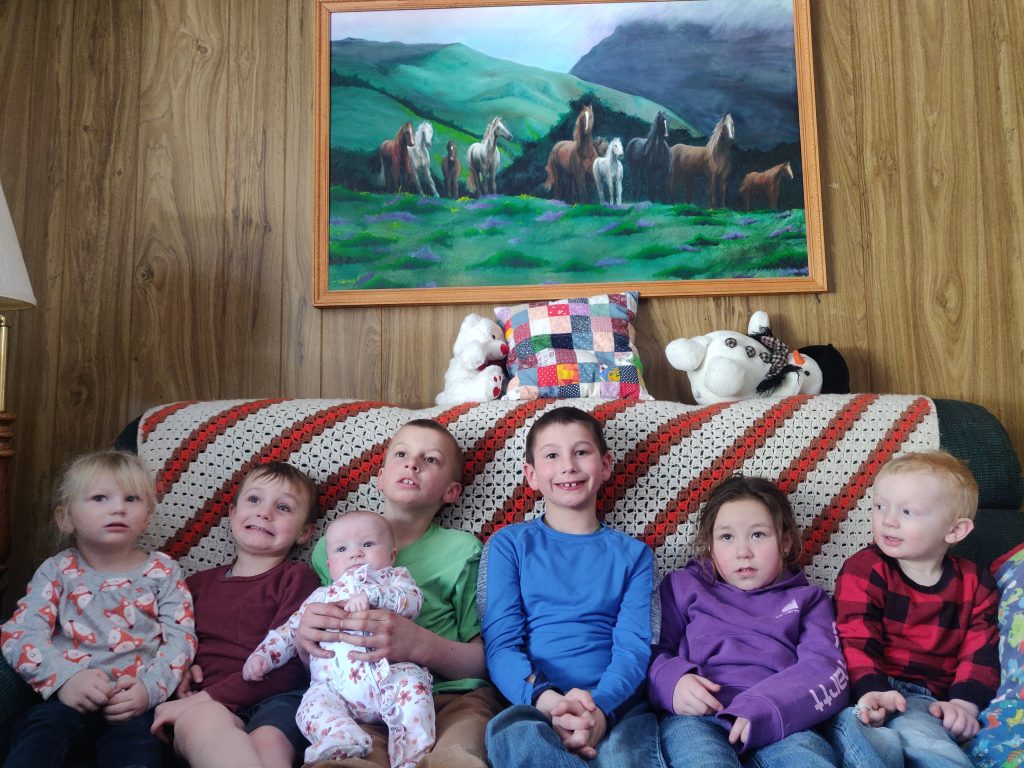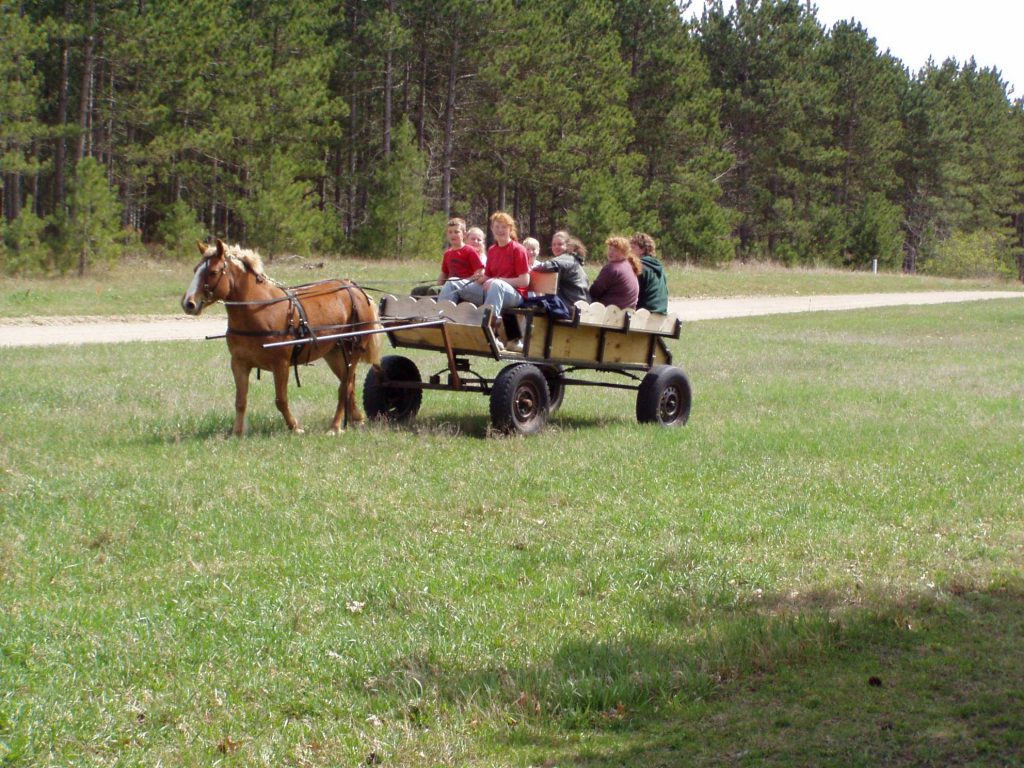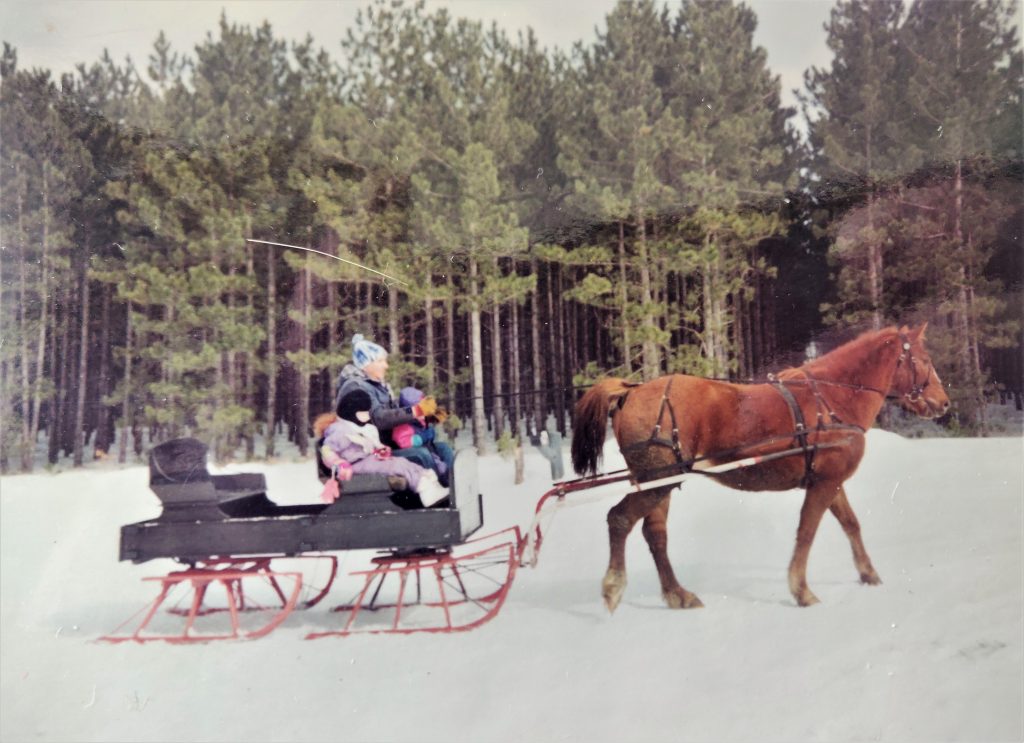There seems to be a movement to get back to homesteading in the last few years. More and more people are interested in returning to the land where they can grow their own food. And create an alternative lifestyle closer to nature.
So, what is a homestead and homesteading? A homestead is a home in the country where the land is used for agriculture. The land will have a dwelling or farmhouse and outbuildings or barns. In the past, the homestead was seen as the ancestral home, but there are also 1st generation homesteads. Homesteading is the act of using the homestead to meet some or all of a family’s needs. It can include food preservation, gardens, livestock, fiber production, logging, beekeeping, etc. But overall, it is about living on and working the land.
History of Homesteading in the US
Homesteading has a long history in the United States. Most of the first European settlers would have been homesteaders. On May 20, 1862, Abraham Lincoln signed the first Homestead Act. Laws were added throughout the late 1800s and early 1900s, like the 1930s Subsistence Homesteads under the New Deal. These laws gave public land away free to US citizens. According to the National Park Service, around 270 million acres total, or 10% of the area of the US, were given to homesteaders. This land was provided with the stipulation that the homesteader had to live, farm, and improve the land. The Homestead Acts ended in 1976 with the Federal Land Policy and Management Act. Homesteading now is more of a movement and lifestyle.
Modern Homesteading
Modern homesteading is seen as a lifestyle where the goal is to be as self-sufficient as possible and get back to the basics. Many homesteaders are looking for an alternative to modern city life and connecting to nature. Grocery stores are fantastic, but sometimes they cause us to disconnect from where and how our food is produced. Homesteading has the ability to give this knowledge back in a hands-on way.
Part of the homesteading lifestyle is learning and passing down skills. With many moving back to the homestead, these skills have been forgotten and need to be relearned. Gardening and butchering a chicken, for example, are skills that take practice and research to master. Some of these skills, like food preservation or mending clothes, are excellent homesteading skills to learn before moving to a homestead. Once a family is on a homestead, these skills are more straightforward to learn if passed down through the generation. While learning these skills, you become more connected to your ancestors and greatly appreciate their values.
There is no standard modern homestead; each one looks and runs differently. Some might only focus on fruit trees and laying hens. While others live off-grid and eat only food, they produce. Others might concentrate on fiber production and food preservation. There is even an urban homesteading or urban agriculture movement, where you do what you can where you at. Many times, starting small and building is the key to a successful homestead. Lean a few skills, then grow a small garden and raise a few laying hens might lead to a move to the country. Remember that every homestead looks different, and the journey takes time.
In the past, homesteads were off the grid with no power. Now, most homesteads are grid-tied and/or use alternative energy. Modern homesteading can be stylish and still have technological conveniences. Everyone is different, some may make coffee on a wood stove, and others may have a coffee machine. The same goes for homestead work or income. Some might need a job off the homestead (full-time or part-time) or need to produce extra goods to sell. But the modern homesteader is constantly adapting and changing to make it work.
So, why is homesteading vital to me?
Homesteading allows me to connect to my ancestor by performing similar tasks and having similar experiences. I get to plant the tomatoes in the same place my great-grandparents did and walk some of the same fence lines. Some of the fruit I eat is from a tree planted before I was born. The land and skills passed down through many generations have significant meaning. I’m the 5th generation to live and work the land; my nieces and nephews are the 6th. This is a fantastic thing to witness because each generation is changing and adapting in its own way. But at the same time are walking and connecting to the same land as those who come before. We are constantly building for the generations to come and learning from the generations past.
Tiffany Jones can be reached for more information on The Beartaria Times App as Farming Artist or Instagram as farmingartist13. Her family farm is Moonlit Farm and can be found at jonesmoonlitfarm.com. The 2022 MidWest BearFest is to be held at the Jones’ homestead from September 30 – October 2 if you wish to see the farm.
By: Tiffany Jones


